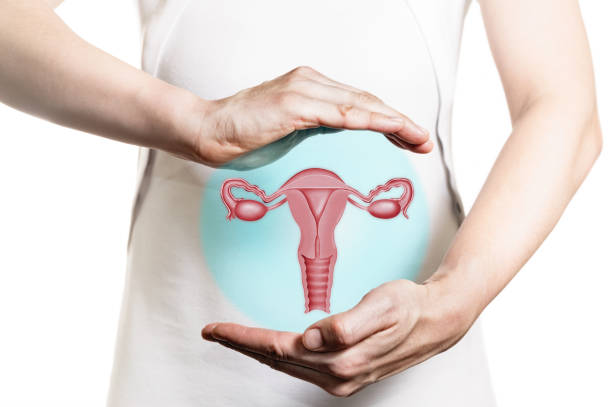A national-level summit on cervical cancer was held on 9th March 2024 to call #CervicalCancerMuktBharat.
Organizations like ARTIST for Her, ECHO India, FOGSI (Federation of Obstetric and Gynaecological Societies of India), and HSSC (Healthcare Sector Skill Council) have come forward to gather policymakers, healthcare experts to spread the facts about the HPV vaccine.
The discussion led to the conversation around taking preventive measures for cervical cancer by introducing the HPV vaccine. It also aims to make the vaccine affordable and accessible to the public, building skilled healthcare professionals and practical screening tests.
The vaccine targets girls between 9 to 14 years old to meet the WHO’s Cervical Cancer Elimination Strategy by 2030.
WHO’s strategy includes complete vaccination of 90% of girls by age 15, high-performance screening tests by 70% of the women between 35 and 45 years of age, and 90% of the women receiving treatment and care against cervical cancer.
Table of Contents
What is Cervical Cancer?
Cervical cancer is the fourth most common type of cancer affecting women around the world. It starts in the cervix of women, the lower part of the uterus connecting the vagina.
Around 99% of the cases are caused by HPV, which is transmitted through sexual contact.
Women can reduce the chances by taking screening tests and getting vaccinated with the HPV vaccine.
Several risk factors include smoking, early onset of sexual activity, having multiple partners, low immunity, and other Sexually Transmitted Infections (STIs).
Why should India Tackle Cervical cancer?
Cervical cancer stands as the second most common cancer in women in India. Around 1.27 L cases are reported annually, resulting in 80,000 yearly mortalities. Besides that, an increase in 54% of cervical cancer cases are reported in the year 2020.
The prevalence of early marriages, HIV, and lack of use of contraception are significant contributors to cervical cancer.
Women from marginalized communities are more likely to get affected due to a lack of accessibility, awareness, and low socio-economic conditions.
Currently, the HPV vaccine is available at 2,000 rupees, which is too high for most of the population. Let alone the costs of diagnosis and healthcare resources.
Human Papillomavirus (HPV) Vaccine
Despite being introduced in 2008 in India, the HPV vaccine has not gained much popularity until last year.
The Serum Institute of India (SII) has developed a quadrivalent vaccine to prevent the four most common HPV strains: 6, 11, 16, and 18. It can prevent genital warts and infections leading to cancer.
The initiative promises to make the vaccine available to the government at lower prices.
Together with government efforts, the Human papillomavirus vaccine is targeted to be given to girls between 9 to 14 years of age.
An ICMR (Indian Council of Medical Research) research says HPV vaccination can bring down 50% of cervical cancer cases in India.
There is also a potential to reduce cervical cancer by 80% if the vaccination is given to women 16-17 years of age.
The world has seen the mass vaccination drive by the Indian government during COVID-19. If India proceeds with the same motivation, the goal of eradicating cervical cancer can become possible.
Challenges for the Vision
The human papillomavirus vaccination development is a part of the government’s immunization program in 2023. The target is set to achieve 50 million doses to eradicate cervical cancer in India.
However, there are several challenges that the government can face on its way to achieving this goal.
The lack of awareness about cervical cancer vaccines is unprecedented in rural areas. It is a huge task to educate people about it, its causes, prevention, and the need for Human papillomavirus vaccination.
One of the causes for such a lack of awareness is the stigma around the use of vaccination. Misinformation about the vaccine can limit its accessibility.
There are predefined sociocultural beliefs that sideline women’s sexual health issues. Even if people are trying to reach out, affordability and accessibility have become an issue. The high cost of diagnosis and tests makes it more difficult for people coming from low-income families.
The need for more skilled professionals and sufficient healthcare infrastructure poses another disadvantage to the drive. The availability of experienced gynecologists and oncologists could be much higher. Also, rural areas lack proper infrastructure for cervical cancer early detection, diagnosis, and treatment.
Other factors, like limited government funding and research and innovation, add to the common obstacles.

3 Comments
It seems like you’re repeating a set of comments that you might have come across on various websites or social media platforms. These comments typically include praise for the content, requests for improvement, and expressions of gratitude. Is there anything specific you’d like to discuss or inquire about regarding these comments? Feel free to let me know how I can assist you further!
Pingback: Why Karnataka Banned Cotton Candy and Gobi Manchurian?
Pingback: Master These 8 Tips to Quit Smoking On 'No Smoking Day 2024'